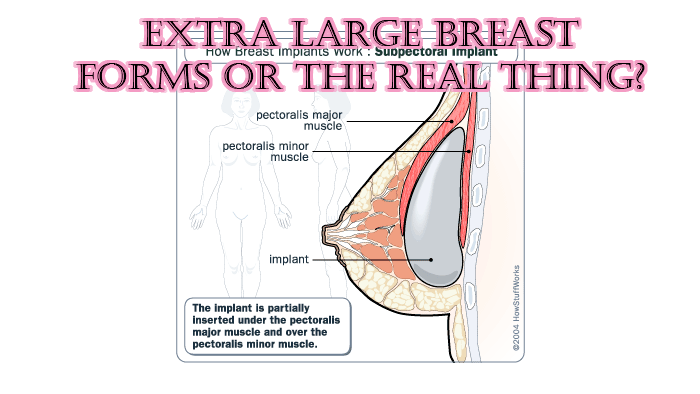Embarking on a fitness journey can be both exciting and challenging, especially for transfeminine individuals. Exercise is a powerful tool not just for physical health, but also for mental wellness and self-empowerment. Whether you’re new to working out or modifying your routine to better align with your identity, this guide is here to help you navigate the unique aspects of fitness as a transfeminine person.
In this comprehensive guide, we’ll explore how to create a well-rounded exercise routine that supports your goals and well-being. We’ll dive into strength training, flexibility, mental wellness, and ways to address dysphoria through movement. With the right approach, exercise can become a positive and affirming part of your daily life. Let’s get started on building a routine that celebrates and strengthens your body, mind, and spirit.
1. Understanding Your Body and Goals
Before diving into specific exercises, it’s important to understand your body and set realistic fitness goals. As a transfeminine individual, your fitness journey may be influenced by factors such as hormone replacement therapy (HRT), changes in muscle mass, and fat distribution. Understanding these factors will help you set goals that are both achievable and aligned with your transition.
Setting Realistic Goals
Setting goals is a vital first step in any fitness routine. Your goals might include increasing strength, improving flexibility, or simply feeling more comfortable in your body. Start by asking yourself:
- What do I want to achieve with my exercise routine?
- How does this align with my gender expression and identity?
- What are my long-term and short-term goals?
- For example, if you’re on HRT, you may notice changes in muscle mass and fat distribution over time. This might affect how you approach strength training or cardio. Setting goals that take these changes into account will help you stay motivated and avoid frustration.
Embracing Your Body’s Changes
- It’s important to embrace the changes your body goes through during your transition. HRT can result in a softer muscle tone, increased body fat in areas like the hips and thighs, and potential shifts in endurance or energy levels. These changes are natural and part of your journey.
- Rather than focusing on what might be perceived as limitations, view these changes as an opportunity to reframe your fitness goals. Celebrate the ways your body is evolving and focus on exercises that make you feel strong, confident, and aligned with your true self.
2. Getting Started with Strength Training
- Strength training is an excellent way to build muscle, improve posture, and enhance overall fitness. For transfeminine individuals, it can also play a crucial role in shaping your body in a way that affirms your gender identity.
Why Strength Training?
Strength training has numerous benefits, especially for those on HRT. It helps maintain muscle mass, which can naturally decrease with estrogen therapy.
Additionally, strength training improves bone density, which is essential since estrogen can increase the risk of bone loss. Beyond the physical benefits, strength training can also boost your confidence and mental resilience.
Beginner-Friendly Exercises
Starting strength training can feel intimidating, but you don’t need to lift heavy weights to see results. Bodyweight exercises and resistance bands are great tools for beginners. Here are a few exercises to get you started:
- Push-Ups: Great for building upper body strength, especially in the chest, shoulders, and arms
- Squats: Focus on strengthening the legs and glutes, which are often areas of interest for transfeminine individuals.
- Lunges: Target the thighs and hips, helping to shape and tone your lower body.
- Planks: Strengthen your core, which supports overall body stability and posture.
Tips for Success:
- Focus on proper form over the number of repetitions to avoid injury.
- Start with 2-3 sets of each exercise, with 8-12 repetitions per set.
- Use resistance bands or light weights to gradually increase the difficulty as you get stronger.
Creating a Routine
A well-rounded strength training routine should target all major muscle groups, ensuring balanced development. Here’s a sample weekly routine:
- Day 1: Upper Body (Push-Ups, Plank, Bicep Curls with Resistance Bands)
- Day 2: Lower Body (Squats, Lunges, Calf Raises)
- Day 3: Rest or Light Cardio (e.g., walking, cycling)
- Day 4: Full Body (Combination of upper and lower body exercises)
- Day 5: Flexibility (focus on stretching and mobility)
- Day 6: Active Recovery (yoga, light stretching)
- Day 7: Rest
Balance is key, so ensure you’re working out different muscle groups and giving your body time to recover.





